During the meeting, experts spoke about the practice of using citizen science methods in biology, biotechnology, and neuroscience. Alexandra Borissova, executive director of AKSON and head of the People of Science program, spoke about the origins of citizen science and its most significant current projects. Alexandra Khlopotova, deputy director for Research and Environmental Education at the Visim Nature Reserve, described the ways biologists apply the methods of citizen science in their work.
Vasily Klucharev, director of the HSE Institute for Cognitive Neuroscience, explained how ordinary people can help scientists in brain research, and Mikhail Kurushkin, dean of ITMO’s Faculty of Biotechnologies, shared the ins and outs of the ChemBio Cluster’s new project that involves the help of school students.
Here’s a recap of the experts’ presentations.
Citizen science in Russia and abroad

By definition, citizen science is scientific research carried out by people with no specialized education in collaboration with scientists or under their supervision. In Russia, people also use the term “scientific volunteering,” which emphasizes that people are engaged in scientific research for their own pleasure and not as a job.
In a broader sense, this concept includes any format of involvement in research: participating in trials, experiments, and interviews, filling out surveys and questionnaires, keeping research records, and so on. In a narrow sense, citizen science implies a much greater engagement in the process, when people are not only valuable informants or objects of study but also researchers themselves. This way, they collect information, take part in the analysis of data sets, and help scientists solve scientific problems.

History shows that non-specialists have helped researchers collect scientific data from the very dawn of science. For example, in the 19th century an American naval officer, oceanographer, and meteorologist decided to draw up a detailed map of marine currents and winds. And in order to do that, he asked sailors to observe the weather during their travels. Thanks to sailors from 13 different countries, it was possible to draw up the world’s first meteorological map of the seas and oceans – one that became a useful tool for the sailors themselves.
There are several types of activities in which scientific volunteers might be engaged, such as data collection and data analysis. The most vibrant field of citizen science is the former, especially when it comes to information that cannot be obtained while sitting at a computer. This includes such types of volunteering as participation in archaeological missions, assistance at reserves, interviewing people for ethnographic and sociological research, and so on.

However, it is not necessary to set off on a long trip in order to help scientists; often, the most valuable information can be found right where you are. This applies, for instance, to flora and fauna observations, which are now gaining great popularity. Over three and a half million people already use the iNaturalist app and have contributed 57 million observations.
Another field in need of volunteer help is data analysis. Today, scientists have to work with an enormous flow of information and not all of this data can be processed automatically. Before turning to machine learning algorithms, researchers need to mark up the data – otherwise, the algorithm will produce irrelevant results. That’s why data analysis requires human labor: all data must be carefully sorted and then checked after it has been processed by the algorithm.
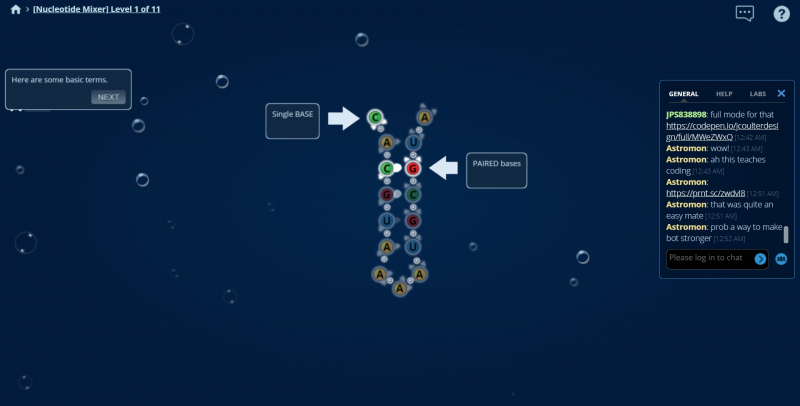
The most iconic projects in citizen science are Galaxy Zoo (the study of space images), Rodent Little Brother (joint records of the behavior of lab mice), and Penguin Watch (recognition of penguins in satellite images). Moreover, puzzle games have also become popular and they are a great way to analyze data. For example, the colorful Eyewire game helps scientists build a detailed 3D brain map, while the Eterna project explains the complex process of molecular folding, and the puzzles by Crystal Crop Fever tackle the challenges of quantum physics.

Prospective volunteers can find a wide range of scientific projects on the People of Science platform, which was launched late last year. This website helps Russian scientists quickly and efficiently recruit enthusiasts for specific tasks – and lets volunteers find exciting projects and meet like-minded people.
New platforms to help biologists
Back in the Soviet times, people were big on nature studies and exploration: many were engaged in wildlife photography, collecting herbariums, or researching the flora and fauna of their homeland. In the 90s, such activities started to lose their prestige. but now, more and more people are becoming involved in data collection for various scientific research – all thanks to the advent of convenient and, above all, interesting tools of citizen science.
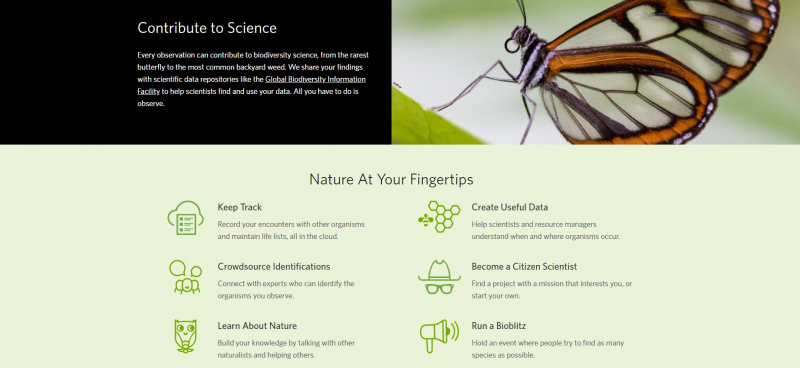
The iNaturalist app has become the most popular and large-scale platform. The number of its users is rapidly growing: in the last year alone, one and a half million people joined the platform, which may well be considered a social network.
Meanwhile, the scientific community remains ambivalent towards the app. On the one hand, it is of great help for ornithologists, who can use it to track birds’ migration patterns and habitats, as well as record changes in their behavior – such as wintering in unusual places. But on the other hand, people mark the location of endangered species and thus make them potential victims of poachers.
In any case, biologists actively use data from the app for their research. A large number of scientific papers have already been written based on the work of these enthusiasts, and it is still growing every year.
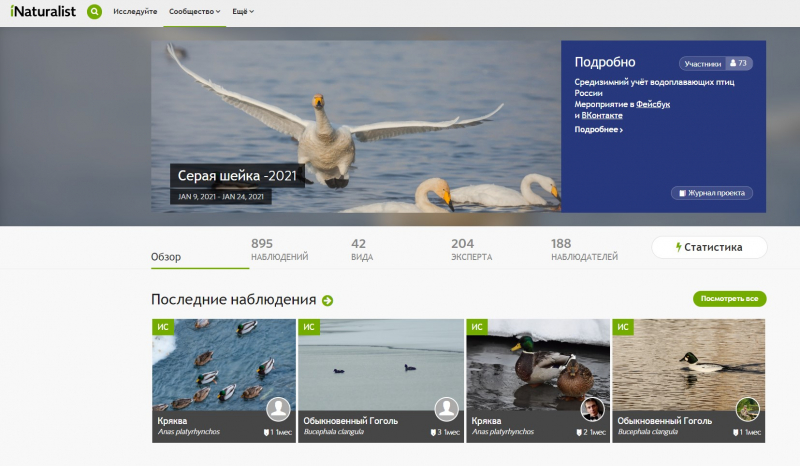
In 2020, the app introduced challenges, blitz games, and competitions in conjunction with specific research projects. This platform was used for the Gray Neck campaign, which encourages people to take part in the counting of winter waterfowl. The Russian Bird Conservation Union’s Ten Winter Weekends competition on iNaturalist attracts over a thousand participants.
From subject to researcher
Most people see volunteering in the brain sciences only as participation in trials. Indeed, ensuring that tests and experiments are conducted with as many subjects as possible is essential to all sciences related to the study of the psyche, behavior, cognitive functions, and so on. The term WEIRD science (Western, Educated, Industrialized, Rich, and Democratic) refers to the fact that most neurobiological and psychological research focuses on a very small group of subjects, mainly students of American and European universities. But numerous scientific studies and articles prove that the brain works differently depending on its owner’s culture, ethnicity, and social status.

Therefore, the HSE Centre for Cognition & Decision Making regularly invites hundreds of people to make their large database on the brain’s structure more comprehensive, and anyone wishing can sign up for this research via the registration form on their official website. For researchers, this is an opportunity to compile a detailed archive for research; for volunteers – a chance to get acquainted with the center’s activities.
But today, neuroscience allows people to contribute to science not only as subjects of study but also as active participants. For example, there are already devices that can be used to record brain activity at home and then study it using a mobile app.
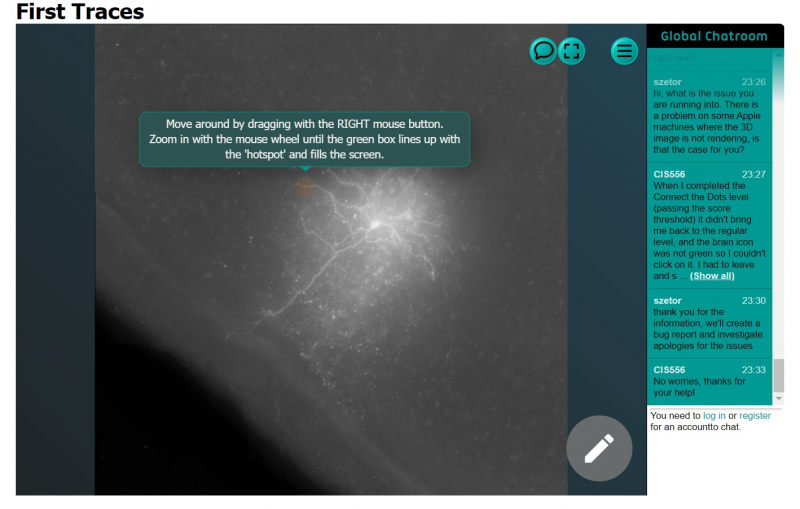
Neuroscientists also need help in processing large amounts of data. After all, the brain is a most complex structure of billions of neurons connected by trillions of contact points. And of course, it is hard to study and analyze. This is where citizen science projects come to the rescue, and some of them are very successful.
One of the examples is Mozak, which invites volunteers to identify objects in images of the brain and thus decipher its structure. This a complex project based on a mixture of machine learning methods, automatic processes, and human labor.
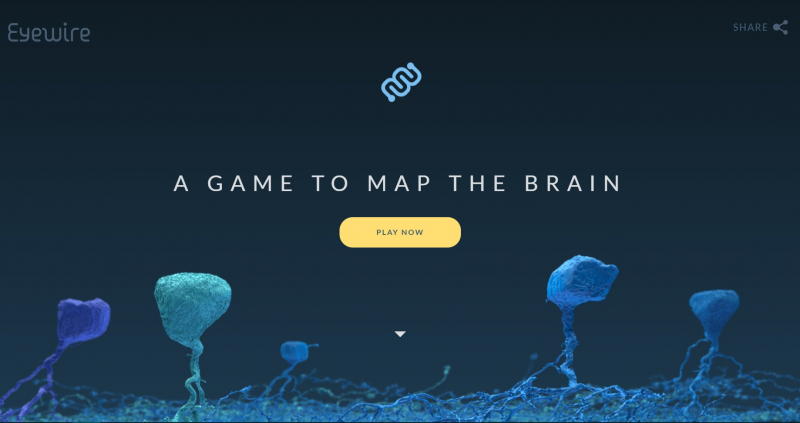
There is also the Eyewire project, which seeks to reveal the structure of the retina. Before this, no scientist could undertake such a large-scale study. Another project, Stall Catchers, solves a major and challenging problem – the fight against Alzheimer's disease.
So far, neuroscientists have not come to consensus on scientific volunteering: some believe that it will bring together a large community of talented enthusiasts who will solve mysteries of the brain together with scientists, while others doubt the accuracy of DIY research. To that end, such projects must be carried out under the supervision of experts, and all the results obtained – rechecked and verified.
School students and scientific breakthroughs
Mikhail Kurushkin spoke about a new SCAMT Lab project called the Internet of Bacteria, implemented in collaboration with the Kuban State University. This project is dedicated to the search for novel strains of microorganisms with unique electroactive properties in order to use them for the development of microbial fuel cells.
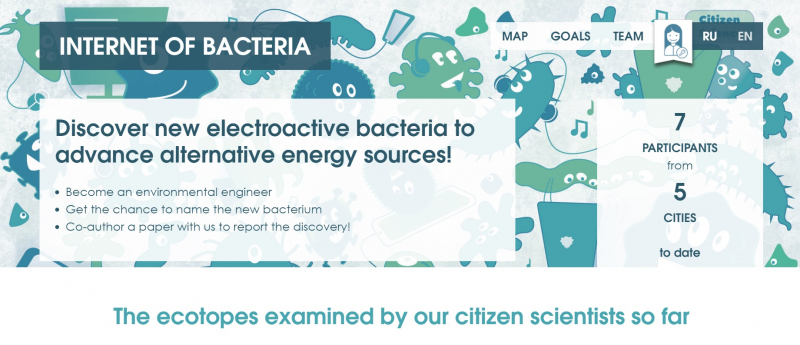
SCAMT has already developed the technology and the prototype of the device, which may potentially become a source of renewable energy. However, scientists are planning to develop a genetically modified bacterial culture in order for the new fuel cell to truly compete with existing solutions.
Researchers are now trying to collect as much data as possible on a wide variety of bacteria existing in Russia. This will make it possible to accumulate the necessary basic material for genomic analysis and isolation of genes responsible for electroactivity, which scientists will then sequence and use to create microorganisms with specific properties.
The hypothesis is that bacteria with the desired properties are most likely to live in soils full of electron acceptors, namely iron and manganese in a certain oxidation state. These kinds of soil can be found in some parts of the taiga and in areas rich with natural resources.
The fact that this large-scale task is beyond the efforts of one research team motivated the authors to turn to the methods of citizen science and thus come up with a unique collaboration with school students from children's quantoriums across Russia.
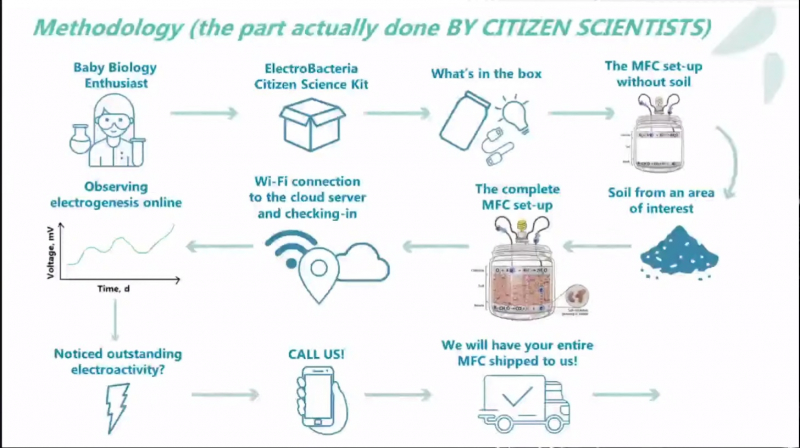
Late last year, special kits with all the necessary components, software and hardware units, as well as manuals were sent to 13 cities of the country. The set-up is a battery made of mud with indigenous soil as an electrolyte. Students assemble the device, use it to test soil samples, and upload the data to cloud storage. If they detect any extraordinary activity, volunteers contact the project team and send the sample to an ITMO lab.
Thus, scientists not only solve a specific issue, which would have been impossible without the help of volunteers, but also develop a platform where young enthusiasts can join innovative biotechnology and environmental engineering projects and even become the authors of scientific breakthroughs. Each participant has a chance to discover a new strain of bacteria and give it a name, as well as be titled as a co-author of a scientific article featuring the project’s results.
Among the project’s consultants are Karen Cooper, one of the leaders of the citizen science movement, as well as Yannis Ieropoulos, a leading specialist in the field of fuel microbial elements, and Alla Lapidus, a member of the scientific team that performed the first sequencing of the human genome.
You can watch the complete live stream here.






